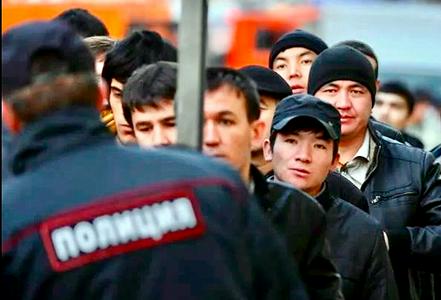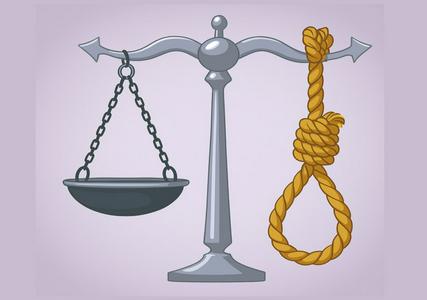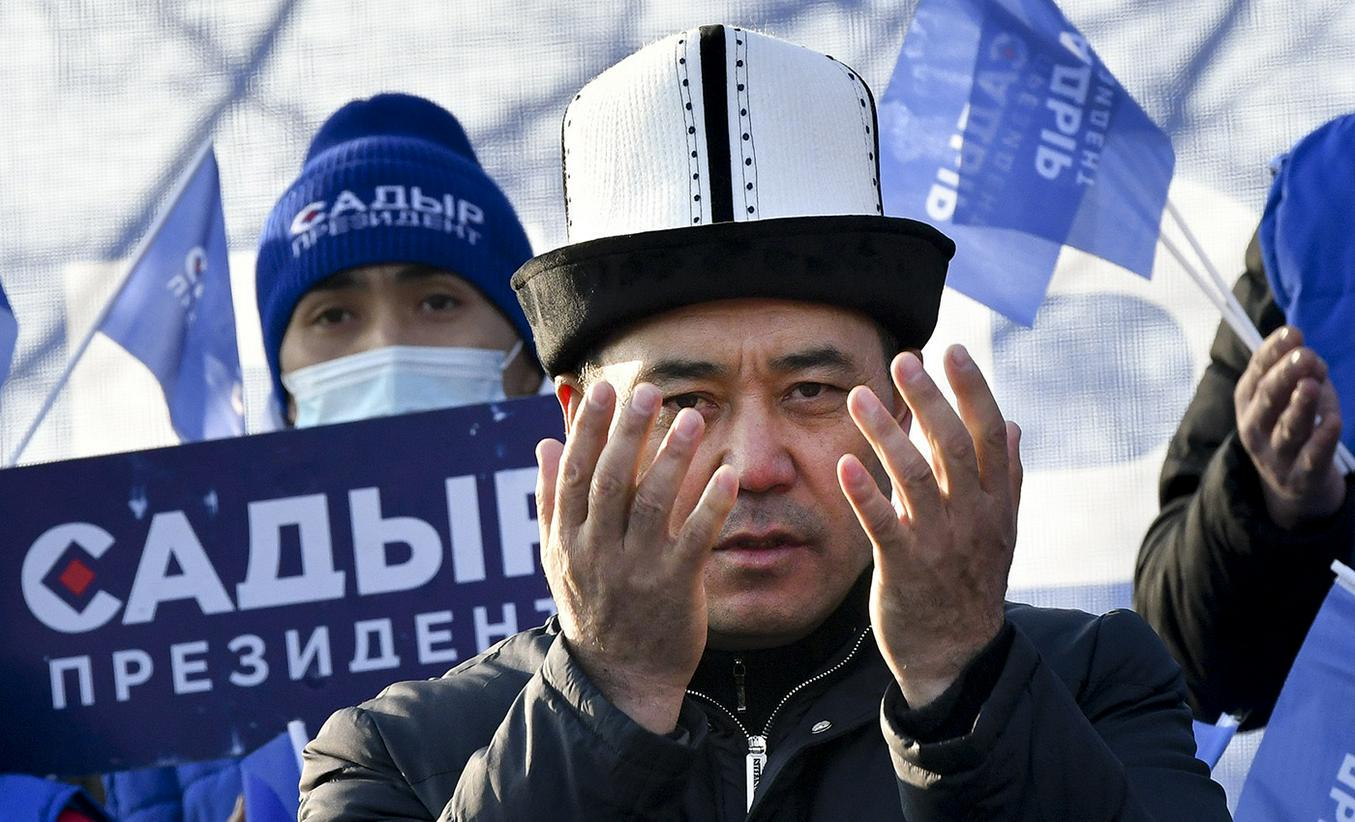The adoption of a new electoral law in Kyrgyzstan in June 2025 marks a fundamental transformation of the country’s political system, aimed at consolidating power and weakening opposition forces. Analysis shows that the changes to the electoral process serve to reinforce the authoritarian tendencies of President Sadyr Japarov and reduce the role of political parties in parliamentary activity.
The new multi-member district system, combined with gender quotas, creates advantages for pro-government candidates and makes it harder for the opposition to gain parliamentary representation. This could lead to a further rollback of democratic norms in the republic.
The Historical Evolution of Kyrgyzstan’s Electoral System
Kyrgyzstan’s electoral legislation has undergone numerous changes since the country gained independence, reflecting its political transformations and shifts in power. Between 1991 and 1999, the republic had a bicameral parliament, with deputies elected through a majoritarian system in single-member districts. This system was typical of the early post-Soviet period, when political parties had not yet fully developed as institutions.
Significant changes occurred in 2007 with the introduction of a party-based electoral system, when the Electoral Code for the first time included a requirement that at least 30 percent of parliamentary deputies be women. In 2010, the country fully transitioned to a proportional system for parliamentary elections, establishing a five-percent threshold for parties to enter the Jogorku Kenesh. This period coincided with democratic reforms following the ouster of President Kurmanbek Bakiyev.
After the events of October 2020 and the rise to power of Sadyr Japarov, a constitutional reform was carried out that introduced a mixed electoral system. Under this arrangement, 54 deputies were elected by proportional representation through party lists, while 36 were chosen through a majoritarian system in single-member districts. This system remained in place until the adoption of new amendments in 2025.
Key Provisions of the New Electoral System
The law adopted in June 2025 introduces a sweeping reform of Kyrgyzstan’s electoral system. Under the new rules, 30 multi-member territorial constituencies will be established for parliamentary elections, with each constituency electing three deputies. This marks a complete abandonment of party lists and a shift to a majoritarian system with multi-member districts.
One of the most significant innovations is the introduction of gender quotas at the district level. Political parties are now required to ensure that no more than 70 percent of their candidates are of the same gender. In practice, this means that one of the three seats in each district is effectively reserved for female candidates, aiming to secure the presence of at least 30 women in parliament.
The right to nominate candidates has been granted to both political parties and independents. To qualify, a candidate must have resided in Kyrgyzstan for the past five consecutive years, although absences of up to six months per year for official assignments are permitted. Political parties may also nominate candidates who are not members of the party.
The mechanism for replacing departing deputies has also been significantly revised. To save budgetary resources, by-elections will not be held if a deputy vacates their seat in a multi-member constituency. Instead, the mandate will be transferred to the next highest vote-getter. If a female deputy leaves office, the seat will go to the next female candidate with the highest number of votes in that district.
Political Motives and Justifications for the Reform
President Sadyr Japarov has publicly endorsed the proposed changes, framing them as necessary for freeing the country from external influence. In an interview with the state news agency Kabar, he stated: “In the past, foreign powers would identify a promising politician, fund him, and then use him to push for a system that suited their interests.” According to the president, the new system “will truly give the people full voting power.”
Japarov also noted that the proposed electoral model could have been adopted during the constitutional reform of 2020, but “at that time, many politicians under foreign influence opposed this system.” He expressed openness to a possible return to a party-based system in the future, saying: “Maybe in 40 or 50 years, if our people and politicians are ready, we’ll move toward a party-based system of governance.”
Proponents of the bill justify the changes as a means to combat political corruption and increase public trust in elected officials. MP Ulan Primov, one of the bill’s co-authors, emphasized that the new system would reduce state spending on repeat elections, pointing out that “about 200 million soms were spent on by-elections during the seventh convocation.”
Critical Analysis and Expert Assessments
Political analysts and experts have voiced serious concerns about the reform’s democratic implications. MP Chyngyz Aidarbekov points out that Kyrgyzstan has already experienced a period of single-member districts, during which “there were intense clashes among candidates, and once in parliament, they represented only the interests of their own constituencies.” He emphasizes that the Jogorku Kenesh, as the country’s highest legislative body, should adopt laws that regulate relations across society as a whole—not just within isolated regions.
Politician Ravshan Jeenbekov has warned that if the amendments are passed, “Kyrgyzstan’s democratic electoral system will suffer a severe blow.” Critics of the new model highlight the risk of reviving tribalism and regionalism, which are often associated with majoritarian systems in contexts where political institutions are weak.
Experts have also noted the significant increase in the electoral deposit requirement: for political parties, it will range from 3 to 9 million soms, and for independent candidates, 100,000 soms. These funds are non-refundable regardless of the election outcome, creating additional obstacles for opposition groups with limited financial resources to participate in the political process.
Impact on Political Parties and the Opposition
The new electoral system significantly weakens the role of political parties in shaping the parliament. Political analyst Mars Sariev, a vocal supporter of Sadyr Japarov’s authoritarian rule, has stated that “the mixed system will allow us to move away from the party’s dictate,” arguing that the previous system “discredited the parliamentary form of governance.”
By eliminating party lists, opposition parties lose the ability to present their platforms and ideologies to voters in a unified way. Political competition is instead transferred to the level of individual candidates, making them more vulnerable to administrative pressure and the influence of local elites.
Past elections have demonstrated that pro-government parties such as Ishenim, Ata-Jurt Kyrgyzstan, and Yntymak enjoy significant advantages through access to administrative and financial resources. Under the new system, these advantages are likely to become even more pronounced, as control at the local level can more effectively shape outcomes in multi-member districts.
Through the constitutional referendums of 2020, Sadyr Japarov already expanded his presidential powers and reduced the influence of parliament, contributing to a marked democratic backslide in Kyrgyzstan. In this context, the electoral reform appears to be yet another step toward the authoritarian consolidation of the political system.
Conclusion
The adopted changes to Kyrgyzstan’s electoral legislation represent a significant transformation of the political system that serves the interests of the current authorities and President Sadyr Japarov. The shift to a multi-member majoritarian system weakens the role of political parties, complicates the consolidation of opposition forces, and increases deputies’ dependence on local elites and administrative resources.
Despite the declared goals of combating corruption and increasing public trust, the actual consequences of the reform may include further authoritarianism, weakening of parliamentary democracy, and strengthening of the president’s personal power. While the introduction of gender quotas aims to ensure women’s representation, it does not offset the negative impact on democratic institutions.
In the long term, the new electoral system may contribute to political fragmentation, the rise of regionalism and tribalism, which contradicts the goals of national consolidation and democratic development. The international community should closely monitor the implementation of these changes and their effects on democratic processes in Kyrgyzstan.
-
 24 November24.11Here’s a New TurnRussian Scientists Revive the Plan to Irrigate Central Asia Using Siberian Rivers
24 November24.11Here’s a New TurnRussian Scientists Revive the Plan to Irrigate Central Asia Using Siberian Rivers -
 11 November11.11To Live Despite All HardshipUzbek filmmaker Rashid Malikov on his new film, a medieval threat, and the wages of filmmakers
11 November11.11To Live Despite All HardshipUzbek filmmaker Rashid Malikov on his new film, a medieval threat, and the wages of filmmakers -
 01 November01.11Catching Up with UzbekistanAlisher Aminov on the Problems of Kazakh Football and Plans to Fix Them
01 November01.11Catching Up with UzbekistanAlisher Aminov on the Problems of Kazakh Football and Plans to Fix Them -
 22 October22.10Older Than the Eternal CityWhat has Samarkand accomplished in its three thousand years of existence?
22 October22.10Older Than the Eternal CityWhat has Samarkand accomplished in its three thousand years of existence? -
 16 October16.10Digital Oversight and Targeted RecruitmentRussia Approves New Migration Policy for 2026–2030
16 October16.10Digital Oversight and Targeted RecruitmentRussia Approves New Migration Policy for 2026–2030 -
 15 October15.10A Step Back into the Middle AgesWhy Kyrgyzstan Should Not Reinstate the Death Penalty
15 October15.10A Step Back into the Middle AgesWhy Kyrgyzstan Should Not Reinstate the Death Penalty




